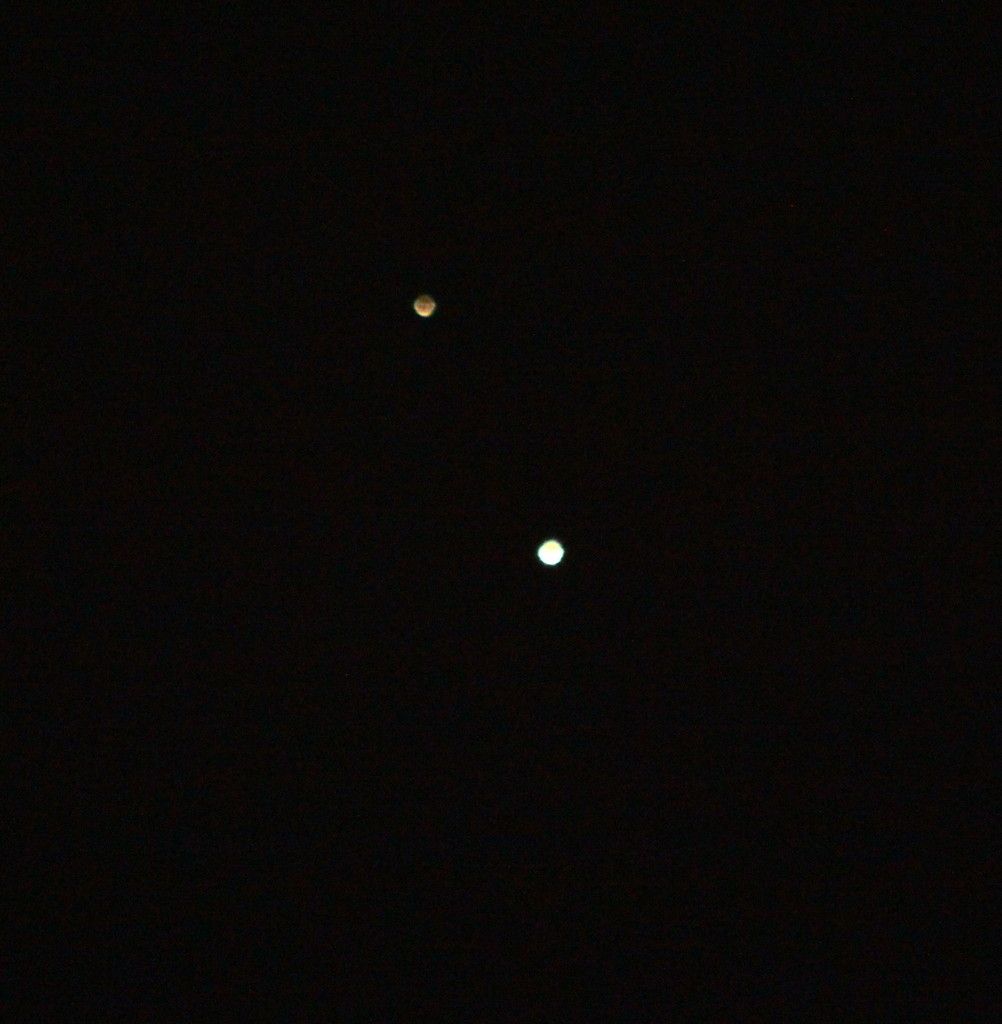SlipperKing
Madd Virologist
Has anyone picked up on this? Could of been better if I'd used the tripod.




Nice! When I looked through my telescope, Venus appeared as a crescent...How did you get that round shape?
I'd appreciate some tips on taking photos of the Milky Way, if you have any?
Enter your email address to join: